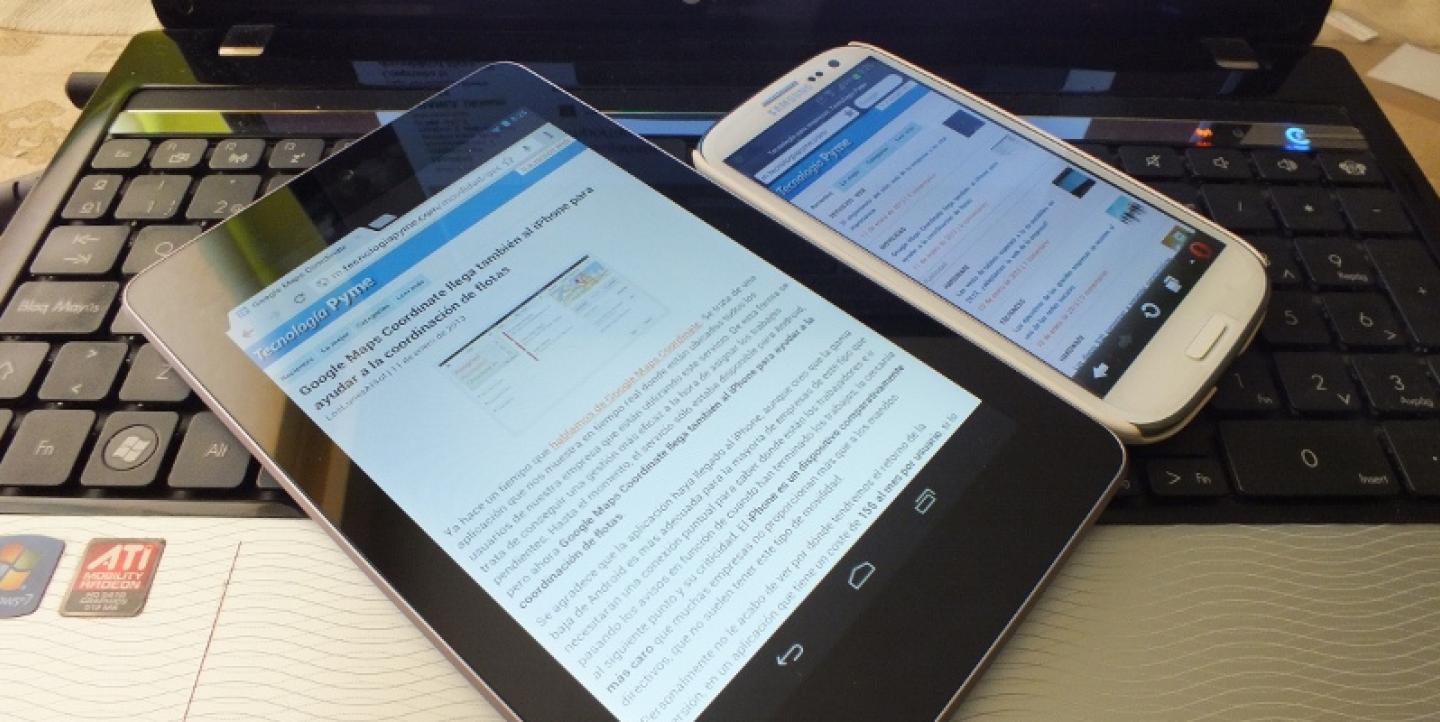The days when a news organization could thrive through dedication to a single medium are over. With the advent of smartphones and tablets, it's now increasingly important for news organizations to be flexible in reaching their target audience, publishing content designed to be readable on different platforms.
Chris Roper, an ICFJ Knight Fellow and data editor for the Code for Africa program, previously helped to transition South Africa’s Mail & Guardian from a computer-driven product to one that also functioned on mobile and tablet devices. In 2013, the organization won the first ever Sikuvile Award for multiplatform reporting.
IJNet talked to Roper about the importance of having a presence on multiple platforms and what news organizations should expect during the transition.
IJNet: What does it mean to be a multiplatform news organization?
Roper: Probably the most essential thing is that it means, as a news organization, you are forced to follow your reader around. So the days of a reader coming to the platform you’ve chosen for them are over.
The other important thing is that it gives you an opportunity to tell stories in a much better way. You’re giving stories different faces, different manifestations. You’re talking to different audiences, which means you can rewrite the story as it pertains to a specific audience. You have opportunities to allow the story to grow in ways you wouldn’t have had in a single platform organization. This also allows you to make the money that funds the journalism. The more platforms you have, the more audiences you have, the easier it is to turn revenue and be able to start advertising and selling sponsorships to different clients based on the audience you are reaching.
The audience that is consuming news on mobile in South Africa, for example, will be a much younger audience. Therefore we have a different target market for the story, for the way it’s understood and for the way it’s sold.
IJNet: How do you define “successful” multiplatform journalism?
Roper: For me, the definition of success is getting readers and users to interact with your products. And it’s very early days, I think. There certainly are big news organizations with loads more money who have done more successful things in terms of numbers. They have more resources, more readers and the budget to do marketing. In South Africa, the best example would be News24, the biggest news site in Africa. They do some really good multiplatform journalism if measured by numbers.
IJNet: Those numbers are obviously important, as they allow the site to fund its journalistic efforts.
Roper: The South African advertising industry is still very undeveloped in terms of digital. Numbers are probably not as important as how you measure them and how you change what you’re selling. You’re not selling eyeballs, you’re selling engagement. To get the ad industry to understand that is the challenge.
IJNet: Is the industry idea of “mobile first” a cliché?
Roper: “Mobile first” often strikes me more as a prayer than a strategy. Often, news organizations have entirely lost touch with the audience. Therefore, they use “mobile first” as a panacea to get back to that audience. A news organization which produces news which young people don’t want to read, if it goes mobile first, it doesn’t make a difference. It’s still going to be a doomed organization. The platform itself is not the silver bullet that people think it is.
Mobile is the platform of choice for the majority of content consumption for a certain demographic. But is that going to make you any money? Is it going to allow you to do news in a meaningful way? Will it allow you to change the way your business operates? “Mobile first” is certainly something to keep in mind, but the new thing is “reader first,” that the platform is irrelevant; just decide who the reader is and follow the reader to their different platforms.
In South Africa, most news organizations sell about 1 percent of their mobile inventory because you’ve got hundreds of thousands of readers, but who wants to advertise to them? What are you actually giving them to read? People love sharing pictures of Africans under trees, bristling with charging devices for mobile phones, but does it fit into your business model?
It is absolutely true that if you want to reach the majority of people in South Africa, mobile is the way to go. But that’s a meaningless statement without all the other caveats.
IJNet: What are some of the obstacles that news outlets should expect to face when bringing their content to new platforms?
Roper: It’s expensive, and you can’t just repurpose content. You need to create fresh content for every platform. It’s hugely resource intensive. It also means many journalists and technologists have to be pushed out of their comfort zones quite dramatically. There’s also no audience that you’ve been assigned to provide this for. You’re creating the audience as you go, so you need to have very specific and realistic targets for the first two years and not expect overnight success.
IJNet: Is multiplatform journalism the future of news media?
Roper: I think we’re reaching a point where journalism is multiplatform journalism. In the same way that ten years ago you had journalism and digital journalism, now you just have journalism, of which print journalism is a subset. [Multiplatform journalism] is not going to be a subset. I think it’s going to be very important to have multiple touchpoints for your content for the same person, not just for different people on different platforms.
Chris Roper is a data editor at Code for Africa. Learn more about his work as an ICFJ Knight Fellow here.
Main image CC-licensed via Flickr by miniyo73.

